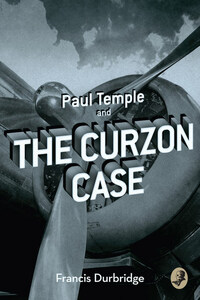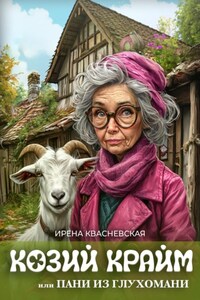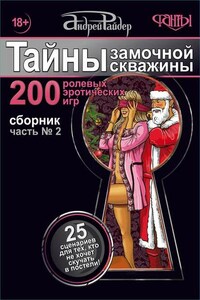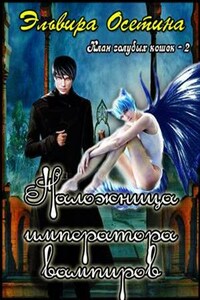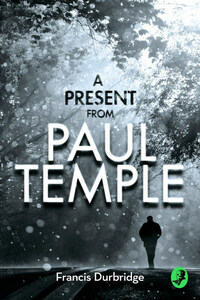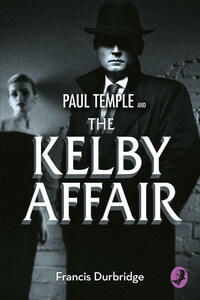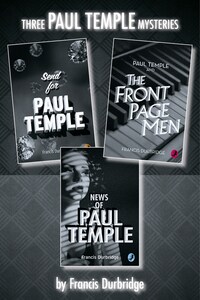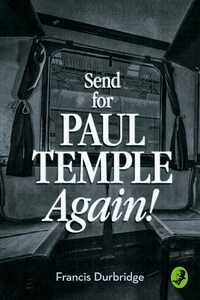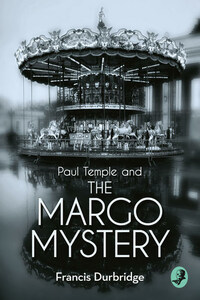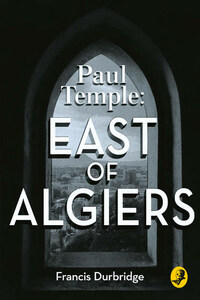Paul Temple and the Curzon Case
An imprint of HarperCollinsPublishers
1 London Bridge Street
London SE1 9GF
www.harpercollins.co.uk
First published in Great Britain by
Coronet 1972
Copyright © Francis Durbridge 1972
All rights reserved
Francis Durbridge has asserted his right under the Copyright,
Designs and Patents Act, 1988 to be identified as the author of this work
Cover design © HarperCollinsPublishers Ltd 2015
Cover image © Shutterstock.com
A catalogue copy of this book is available from the British Library.
This novel is entirely a work of fiction. The names, characters and incidents portrayed in it are the work of the authorâs imagination. Any resemblance to actual persons, living or dead, events or localities is entirely coincidental.
All rights reserved under International and Pan-American Copyright Conventions. By payment of the required fees, you have been granted the non-exclusive, non-transferable right to access and read the text of this e-book on screen. No part of this text may be reproduced, transmitted, down-loaded, decompiled, reverse engineered, or stored in or introduced into any information storage and retrieval system, in any form or by any means, whether electronic or mechanical, now known or hereinafter invented, without the express written permission of HarperCollins.
Source ISBN: 9780008125745
Ebook Edition © November 2015 ISBN: 9780008125752
Version: 2015-07-24
Dulworth Bay was a noisy place at night when the tide came in. The sea broke angrily against the shore, retreated with a rush of sand and pebbles and then crashed forward again. Ridges of white foam caught the moonlight as they rode towards the beach. The darkness was like a soundproof blanket pierced by a few stars and the distant lighthouse. The rowing boat a hundred yards out from the shore was alone, cut off by the noise.
A man rested on his oars and looked blindly into the sky; among the sounds of the sea he could distinguish the approaching drone of a twin-engined Hawker Siddeley; his eyes traced a path towards the coast as the aeroplane passed overhead. The man flashed a lamp three times in signal.
The drone of the engines grew louder again as the aeroplane circled back. Then the man saw a winking orange wing light passing through the clouds, dropping low out of the sky and swinging towards the cliffs. He didnât see the aircraft until the roar of the engines became a screech of agony several seconds later. He heard a dull explosion, and simultaneously a lick of white light shot into the sky. Fire billowed down the cliffs and burned itself out in the sea.
The man in the boat watched for nearly a minute, and then quite slowly he pulled towards the wreckage.
âHereâs to crime,â Scott Reed said benevolently, raising his glass in a toast to the manifestly law-abiding company. âAnd long may it prosper.â
Paul Temple looked from his publisher to the circle of guests with drinks in their hands. âOne eminent French criminologist has argued that there are no crimes, there are only criminals.â
âThat was Professor Saleilles,â said Steve Temple deflatingly. She turned to Scott Reed. âDonât worry, Scott. The French professor was much less scientific than your Dr Stern. He hadnât done experiments with rats.â
The publisher looked startled. âIâm pleased to hear it.â He glanced over his shoulder at the man whose book on crime was the excuse for the party. âDid Dr Stern do experiments with rats?â
âOf course,â said Steve. âHe describes them in detail.â She laughed teasingly. âI thought you always read the books you publish?â
Scott Reed sighed. âI donât always understand them.â
Dr Albert Stern was not looking the part of a literary lion. He stood in the corner of the room watching the throng of journalists, criminologists and novelists with the apprehension of a man caught in lewd company. There was a clutch of thriller writers discussing their overseas sales, two policemen looking as if they were guarding the drink, and an assistant commissioner from Scotland Yard was sitting on the sofa reading The Psychology of Crime. Dr Stern had been told to chat up the booksellers, but the booksellers all seemed to know each other and they preferred to talk among themselves.
âDo rats,â Scott Reed asked after careful thought, âsteal from each other and murder their wives?â
âOnly when they come from bad homes,â said Steve.
She glanced at herself in the ornately carved mirror above the imitation Adam fireplace. She was wearing a sheer maxi dress with varying degrees of subtle see-through, printed in bands of colour that ranged through blues, reds and mauves. Captivating, Steve thought to herself. So much more restrained than the vulgarly fashionable girl Scott Reed employed as his publicity officer.
